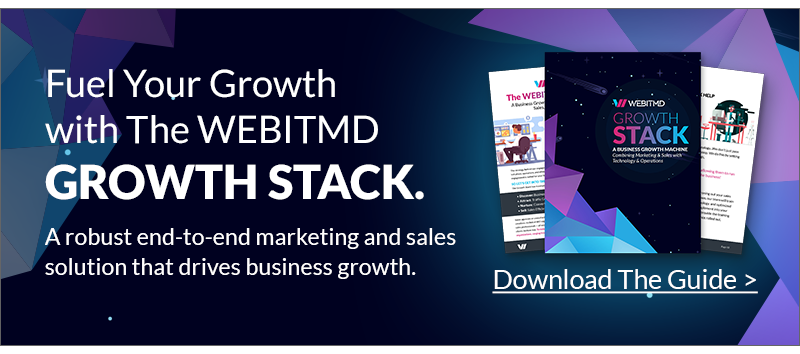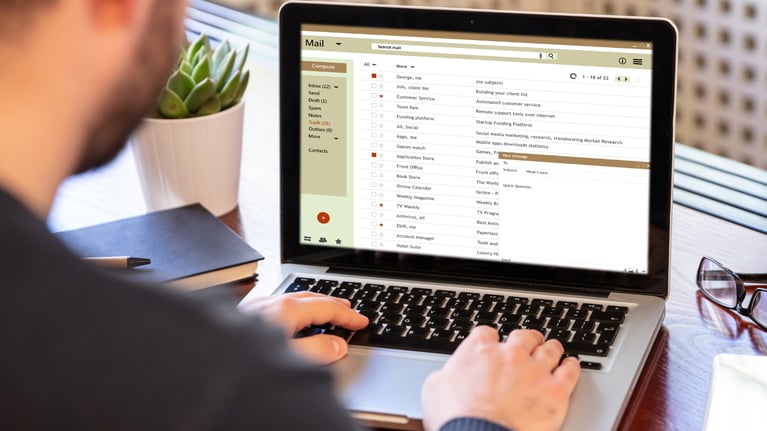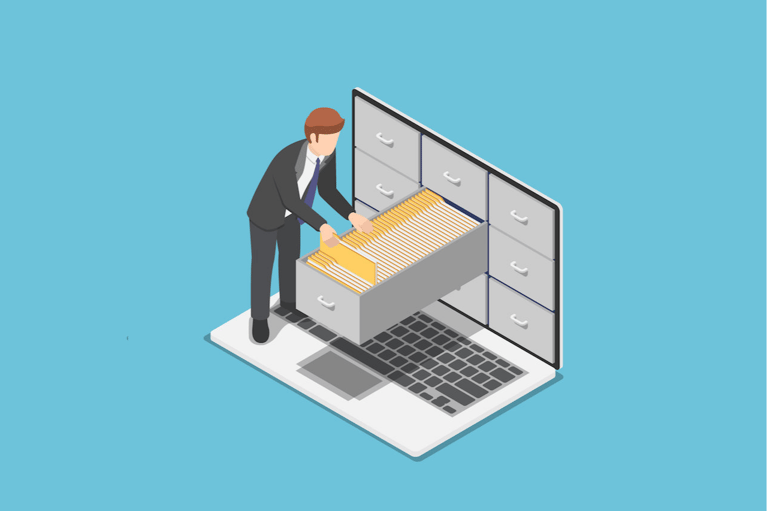Before We Begin
Before we get into the tips to keep your WordPress site humming, there are a few things that are important to bring up beforehand. This article will assume that you already have a working website, but in case you have not gotten started yet, here are a few tips to consider before you do:
- Hosting & Installation: Assuming you are not setting up a wordpress.com website, the host you choose can be an important decision. At WEBITMD, we have worked with several hosts, and have come to find “Managed WordPress” to be the easiest to manage, and can assist with some of the items we will mention below to keep things from going wrong. Also, it is best to always install at the very root of your server. Using .htaccess rules to look at a subfolder can result in unnecessary headaches down the line.
- SSL Certificate: You might be aware of a recent change Google has rolled out to it’s Chrome Browser, making domains that do not have a “Secure Sockets Layer” certificate installed – display as “Not Secure”. It may not be a requirement at this time, but even if you are not collecting sensitive information from your visitors, it is ultimately best practice and generally an easy process to set this up from the get-go. It can assist in your website’s security, as well as be received as a professional decision by your visitors.
- Premium Themes & Drag & Drop Builders: It is always best to go with a premium WordPress theme. There are hundreds, if not thousands of free themes out there, but for the average cost of ~$50, you can leverage some of the better coding techniques available, more thoughtfully put-together themes with more options, regular updates, as well as review what others have said about how it works for them before you buy. At WEBITMD, we almost exclusively work with themes listed in Envato’s Themeforest Marketplace, and one’s that utilize the “Visual Composer” plugin for drag and drop functionality.
- Users, Access & Security: We will be dedicating a full article in the near future to this topic, but in a nutshell: 1. Protect your password 2. Restrict users access via “Wordpress Roles”, and 3. Look into plugins that add additional security to your login page (Like brute force login prevention, etc.).

Let’s get started on How to Build a WordPress Site
Just ask the best website developers and they will attest that maintaining a wordpress site doesn’t have to be a time-consuming endeavor. Knowing a bit about how things work can go a long way in keeping your site healthy. When it comes to any software, inevitably, it gets outdated and needs to be upgraded, and eventually replaced. But the hard work you’ve done producing creative, content in pages and posts, as well as your track record with search engines can be maintained for when things do eventually go wrong. Here are a few of the most important pieces to pay attention to.
- Use a Child Theme: Good theme developers (and any premium theme worth it’s salt) use what is called a “Child Theme”. This is a separate set of files that piggyback on top of the original theme, allowing customizations to be made to the core code, while maintaining an untouched Parent theme. When it comes time to update, you will not lose any customizations to code you have made.
- Keep Your Software Up To Date: WordPress regularly comes out with updates to it’s core code. It is important to stay up to date to these revisions, as they provide security, and overall performance. In addition to WordPress, any plugins you have installed on the site also need to be kept up to date, and for the very same reasons. Of course, this also applies to the theme updates, and with all three of these up to date, you can be sure you are running the safest, and most reliable code. NOTE: Updating each of these requires some foresight. Making sure you have backups, are using a child theme, and having FTP access will all be tools you will use to make sure this process goes smoothly.
- Ongoing Maintenance / Inspecting For Errors: Sometimes, API’s and 3rd party tools go down. Sometimes, even proper updates have bugs, and break things. Make sure you regularly visit the pages of your own site, and use your browser’s inspection tools to see if there are any errors. A quick search on any error you are having should point you in the direction of a fix. Pro Tip: Chrome has a built in inspector. You can right click anywhere on a page, and choose “Inspect Element to pull up the interface.”
- Optimize For Page Speed: Often, pages load slowly because the images and content on the page is not optimized for web. When uploading images in particular, make sure they are high quality, but not of such a large resolution that they drag down page load times. In other words, use a compression plugin if you are uploading very large images, or compress them yourself before uploading with an image editing program.
- Make Regular Backups: Maintaining regular backups can be the most important step you complete, and offer you enormous piece of mind. WEBITMD suggests you keep backups of several redundant layers, to restore your site’s data locally should the absolute worst happen. We recommend you keep separate backups of the following, and on a regular basis: 1. Database .sql file, 2. WordPress generated exports, 3. Hosting account backups, and 4. FTP root backups. In the future, we will produce a walkthrough article stepping through how to restore a broken website using each of these, or a combination of 3 or more depending on the complexity of the issue.
What Else?
Here are a few other items to look into for further optimizing, and making a better site for your users, and the success of your business.
- Optimizing for speed
- Using a CDN
- Customizing Meta for SEO
- Utilizing Rich Snippits / Schema
There is so much to cover when it comes to maintaining a wordpress website, and sometimes, it is best to rely upon a competent digital marketing agency to take care of these tasks on your behalf. It’s not rocket science however, and once you get your feet wet with some of these tasks, things will get a lot easier to understand.
Ready to Slap a Growth Marketing Strategy to Your New WordPress Website?
Whether you build in yourself, or partner with a creative developer from a digital marketing agency, your website needs to draw traffic, collect leads, and convert visitors into paying customers. Download this FREE guide on our custom growth stack and discover how specialized strategies and tools can work together to make your new website a revenue-generating monster!
Subscribe for blog updates to stay up to date with new Creative & Development articles from WEBITMD.



.jpg)



(1).jpg)

.jpg)



![5 Reports to Elevate Your HubSpot Sales Dashboard [+ Examples]](https://2363531.fs1.hubspotusercontent-na1.net/hub/2363531/hubfs/Imported_Blog_Media/6-winning-examples-of-a-hubspot-sales-dashboard-2.png?width=767&name=6-winning-examples-of-a-hubspot-sales-dashboard-2.png)

